An Ode to Her Lebanese Roots, Danya Ahmed's Hand-Sculpted Planters Unite Poetry and Brutalism
After relocating from Ohio to Lebanon in search of a "softer, natural existence", the artist found in cement plant vases an opportunity to connect with the environment around her
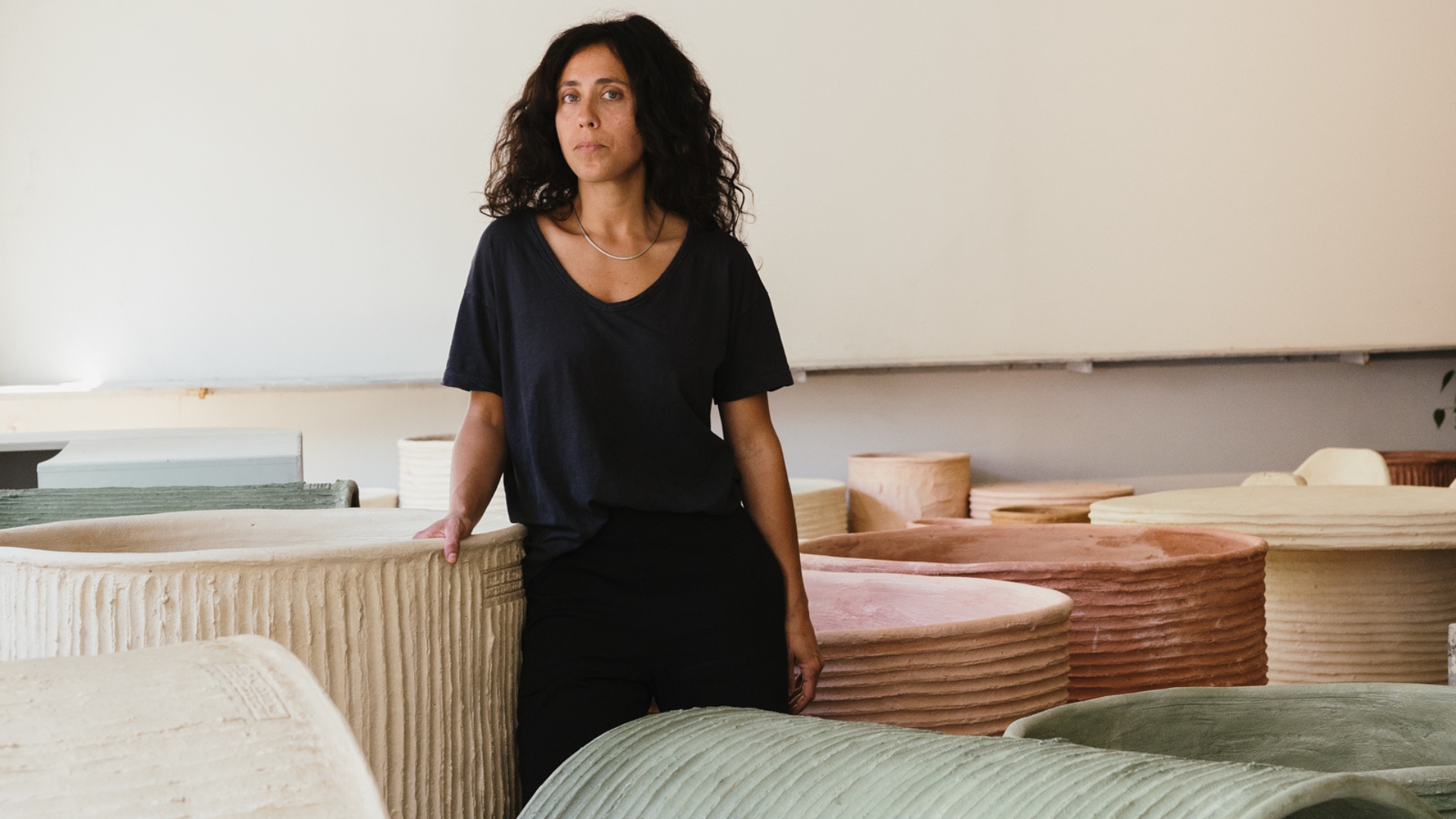
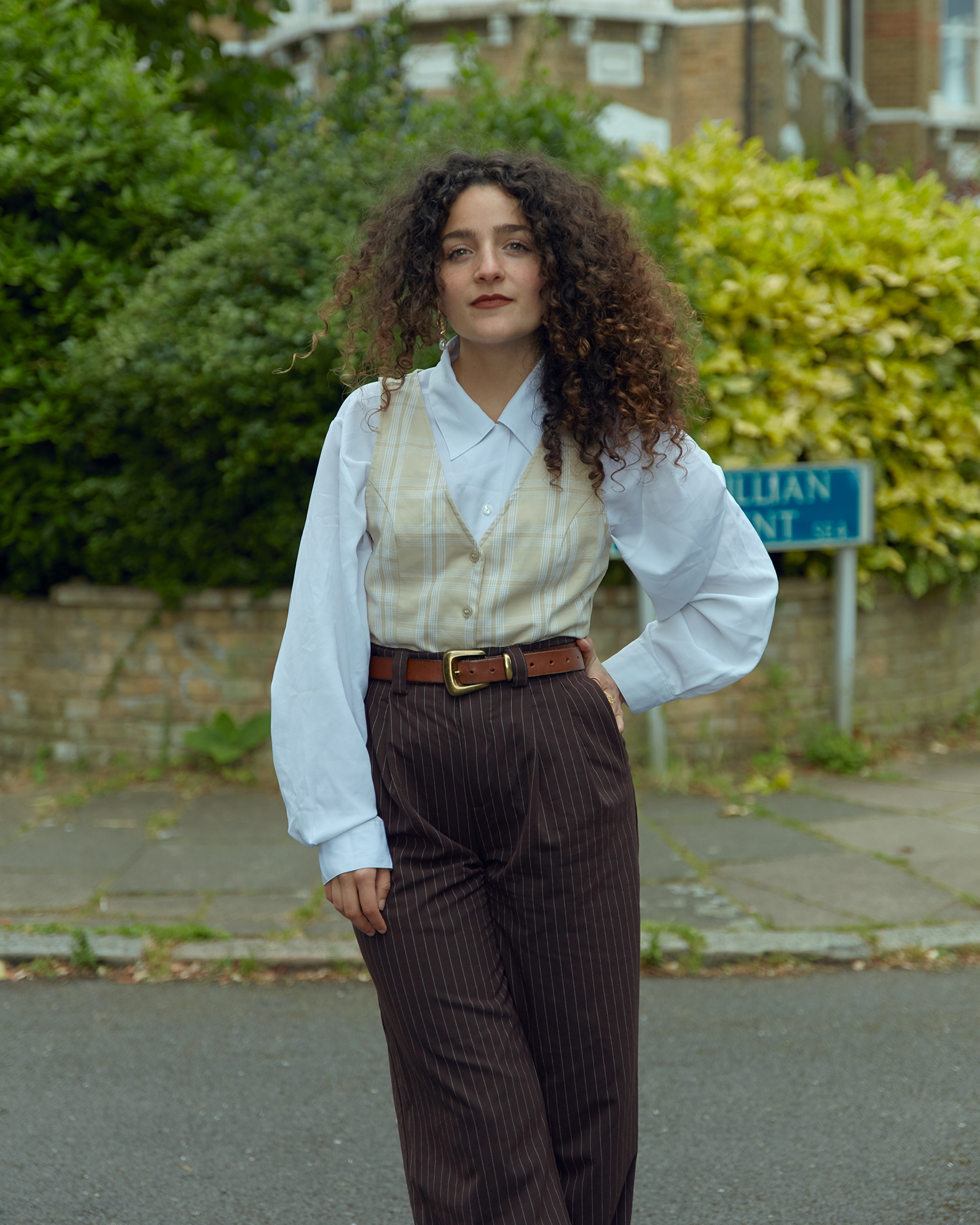
This month we are taking a moment to recognize the innovation brought about by contemporary craftsmen, makers, and emerging designers. Navigating an industry that prioritizes profit over quality, where cookie-cutter items are mass-produced at the expense of finish, originality, and the planet, artisans embody the emotional connection, human creativity, and resourcefulness necessary to deal with the challenges of today.
An Ohio native of Lebanese descent, artist Danya Ahmed embraced cement as her new medium after moving to a mountainous village out of Beirut in 2012. Having always been drawn towards disciplines that allowed her to make things with her hands, she had recently completed an undergraduate degree in drawing and sculpting at Ohio State, and a Master's in fibers and textiles at Savannah College of Art and Design, and was looking for change.
"Before coming here, I had never even left the US," Danya tells me over a shaky, pixelated Zoom call from her Lebanese studio. She had always felt an urge to learn more about her ancestral homeland, which the artist had got to know through her parents' vivid stories, but never visited first-hand. When Ahmed graduated, "I thought, 'it's either now, or never,'" she recalls. Keen to chase that opportunity, Ahmed began to look for a job, eventually joining acclaimed furniture design brand Bokja as their creative director.
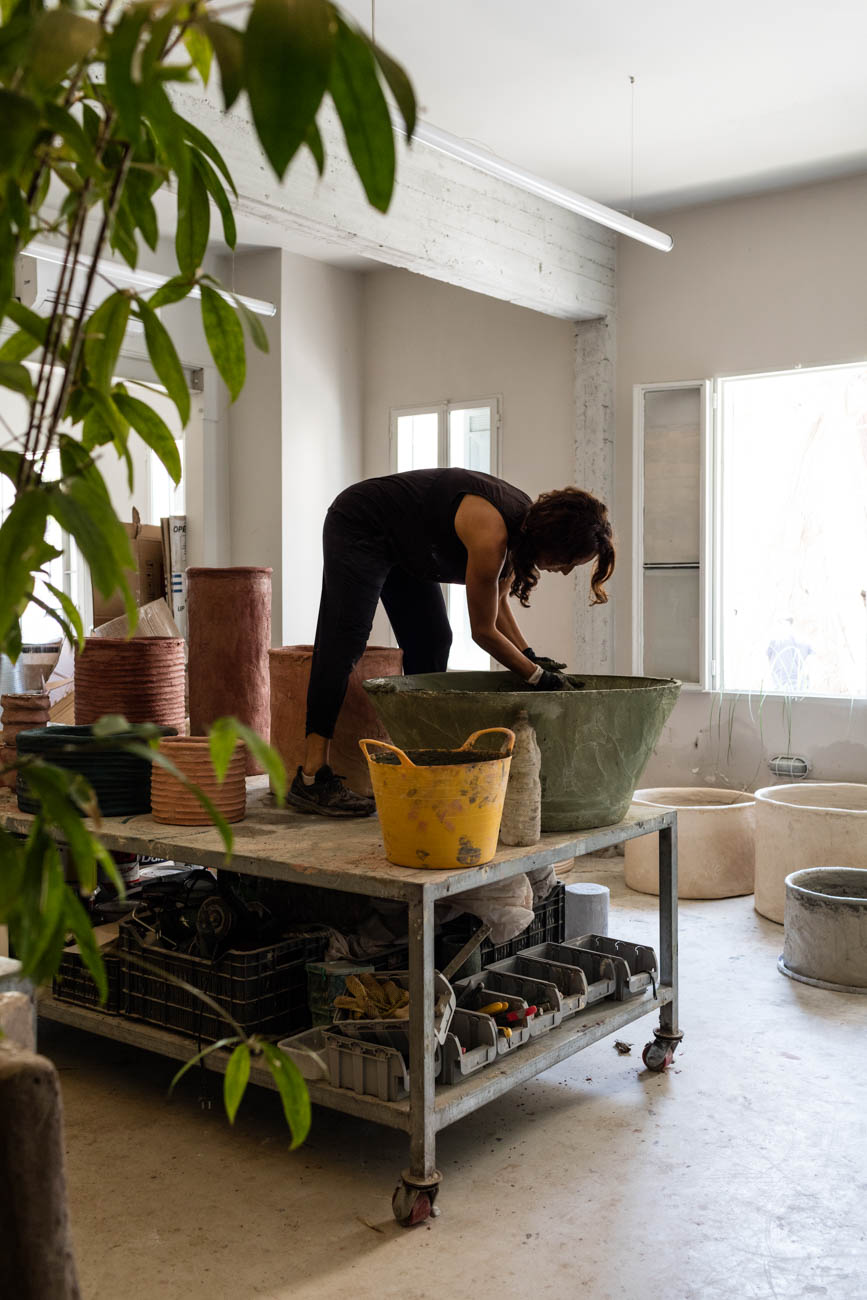
"It was a perfect coincidence, considering the company is based in Beirut, and I am Lebanese," she says. "Once I heard the news, I knew where I needed to be going." It would take her some two years to brave an adventure of her own through the launch of Gray Gardens Plant Studio; the artisanal label she founded in 2015, which produces organic planters and tabletop objects. While working out of her grandparents' house in rural Lebanon, Ahmed took up cement sculpting as a necessity. Lacking proper facilities, she started molding it into raw, evocative planters conceived to "house" the nature thriving all around her. "In its simplicity, cement was the ideal material. Not only it didn't require an oven, but it also highlighted the strongest talent I have: my tactile skills," the artist says.
The focus of her production came rather serendipitously as a reaction to both her dissatisfaction with the vases already available in the market and her immersion in the Lebanese countryside. Surrounded by the lush clementine and avocado trees of her garden, Ahmed was reminded of how, back in school, she had had a hard time with the idea of creating things for the sake of it. Putting her creativity into supporting a living organism like a plant, on the other hand, felt like a much better alternative. "I am not just doing it for my portfolio, but to come up with objects that can facilitate this softer, natural existence," the artist says of the vision behind her work, which sees her act as both a maker, a product designer, and a landscaper.
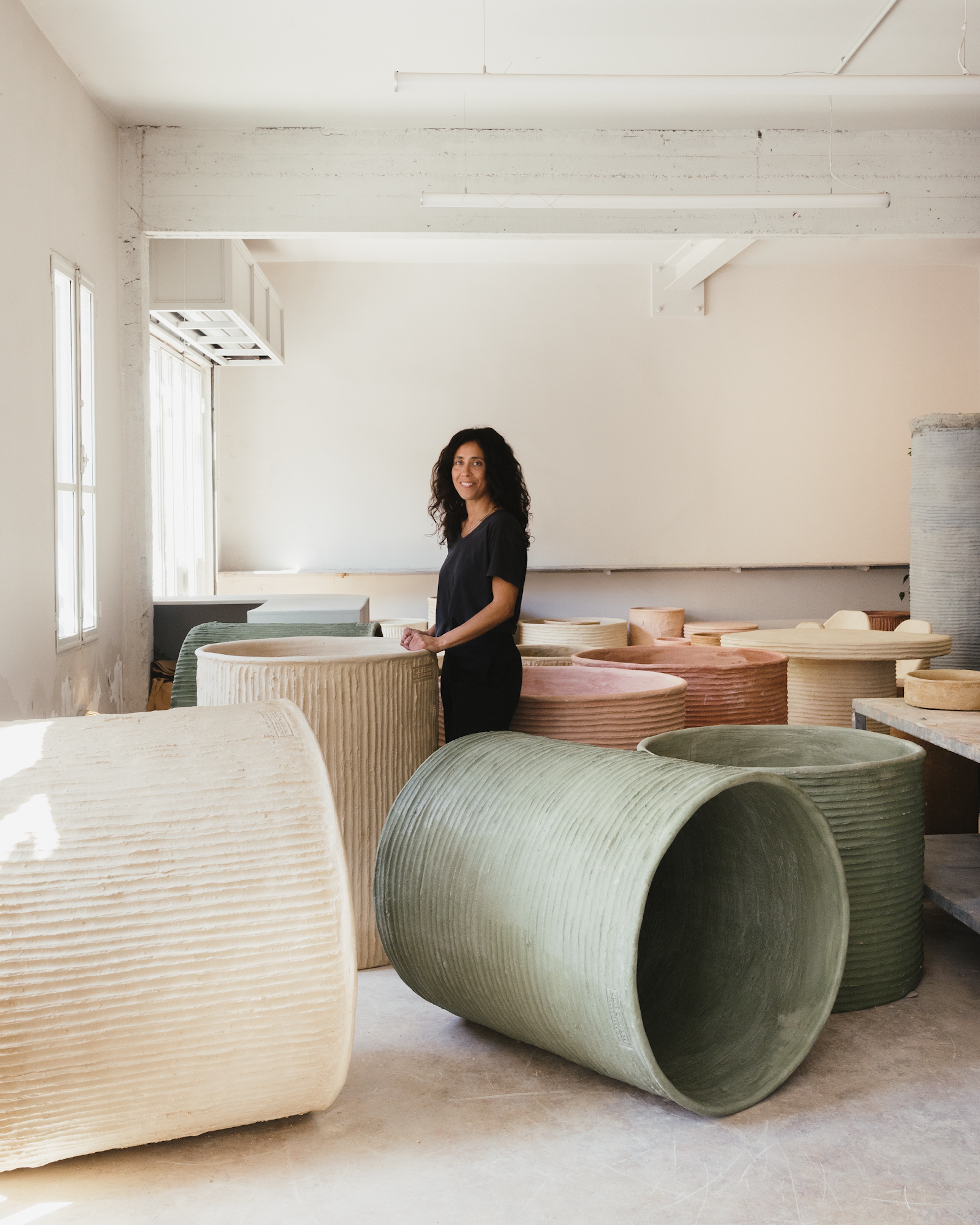
Characterized by an unfinished, irregular surface, Ahmed's large-scale planters bring the manual character of her craft center stage. Free of any additional motifs and ornaments, they carry the marks left by human touch as their foremost feature, celebrating it as a seal of authenticity. If their uneven, matte texture is reminiscent of Lebanon's reddish clay soil, anchoring them in the country's tradition, their timeless neutrals and monumental volumes have the same powerfulness of Brutalist architecture. Drawing from both traditional Middle Eastern artisanry and the boldness of modern interior design, her style is in constant evolution: "if you are not asking yourself, 'what if I try this? How can I get that? And what happens if I switch things around?', then what are you even doing? Those questions guide everything for me," Ahmed says.
Looking at her work as a competition with herself, she is also open to handling new materials, as shows her light weight planter collection. Made of raw fiberglass, these highly versatile vases — ideal for either indoor or outdoor usage — "preserve the roughness and hand-sculpted finish" of her concrete line while remedying their heaviness. When it comes to reinventing herself in dialogue with her practice, Ahmed finds that the possibilities are endless, particularly in Beirut. "Changing everyday, this tiny city is eternally under construction," she says of her chosen home. Because of that, everything, including its flourishing gardens, appears wrapped in a thin layer of dust; an unusual detail the artist chose to incorporate into her studio. "Once I knew I would stick with cement, the name 'Gray Gardens' came together very naturally," Ahmed explains.
Be The First To Know
The Livingetc newsletters are your inside source for what’s shaping interiors now - and what’s next. Discover trend forecasts, smart style ideas, and curated shopping inspiration that brings design to life. Subscribe today and stay ahead of the curve.

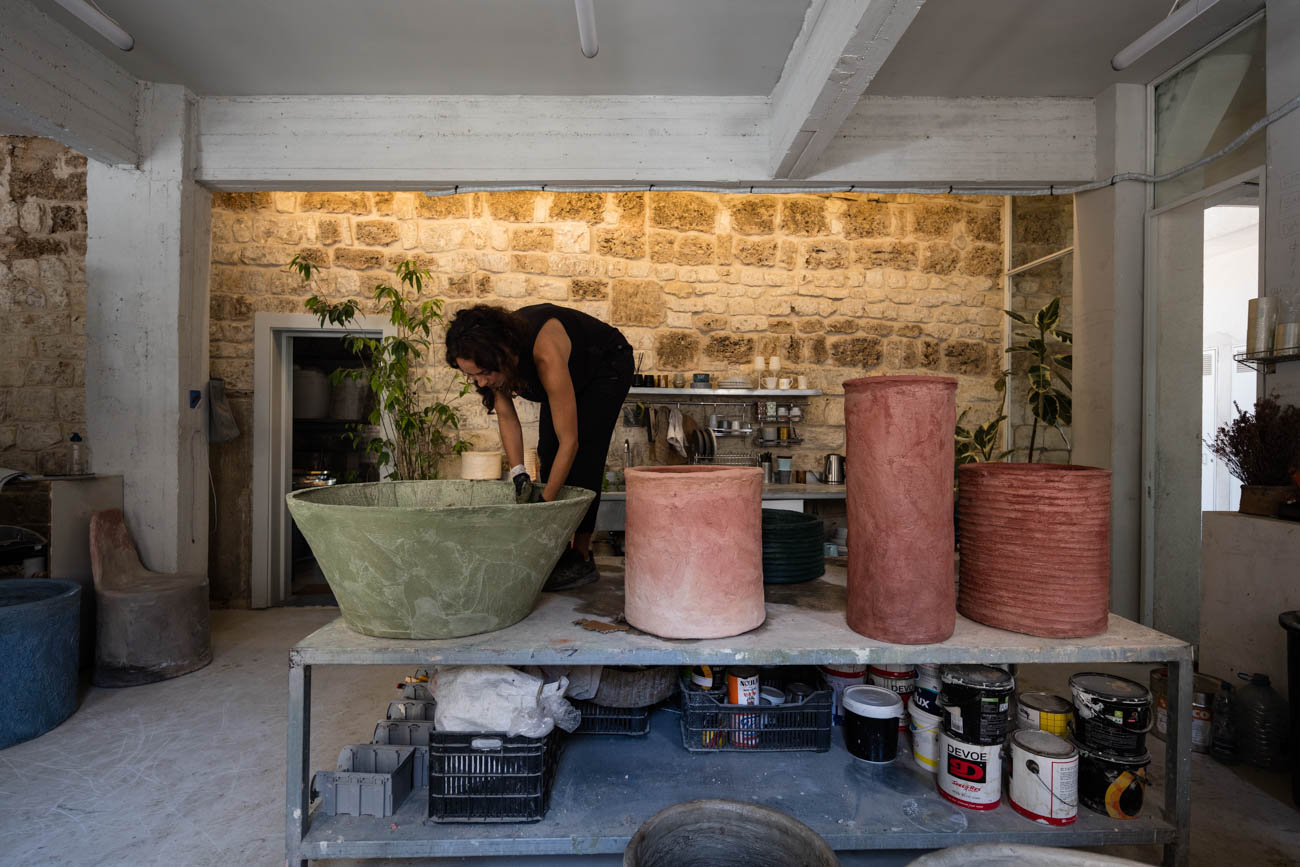
That her studio moniker is a direct reference to the Lebanese capital's buzzing environment and cultural scene is fitting, especially considering how the city has favored a new chapter in her career. "You can do anything you want here," she explains. "There is such a hunger for work and creative exchange that connecting with artists has become pretty much instant: should I be looking for an external opinion, or to collaborate with a fellow artisan, I know it is a matter of hours before I can reach them — and they can reach me." It was the spontaneous energy of Lebanon that, together with the realization of having finally reconnected with her origins, convinced Ahmed that it was her place to be. While at first she felt intimidated by "the fact that everyone was their own creative, entrepreneur, and ran their own business, it was only after spending a full year back in the US that I realized how special that can be," adds the artist.
Some of the earliest relationships she established in the country have led to exciting professional partnerships. Speaking on one of the projects she is most proud of, Ahmed explains how she recently shipped 35 of her planters to Huda, the Brooklyn-based Levantine restaurant of the first-ever roommate she had in the region. Hailing from Detroit and of Palestinian descent, "Gehad Hadidi was my flatmate for a year before moving back to New York," the artist recalls. "Some 10 years fast forward, he is now the owner of a successful business inspired by his favorite Lebanese dishes and aesthetic." Describing it as a full-circle moment, Ahmed recounts how getting to team up with the first friend she made in the area — and particularly one who shares her dual heritage — enabled her to understand how her work could simultaneously live in Lebanon and in the States, where Gray Gardens Plant Studio has been active since 2021.
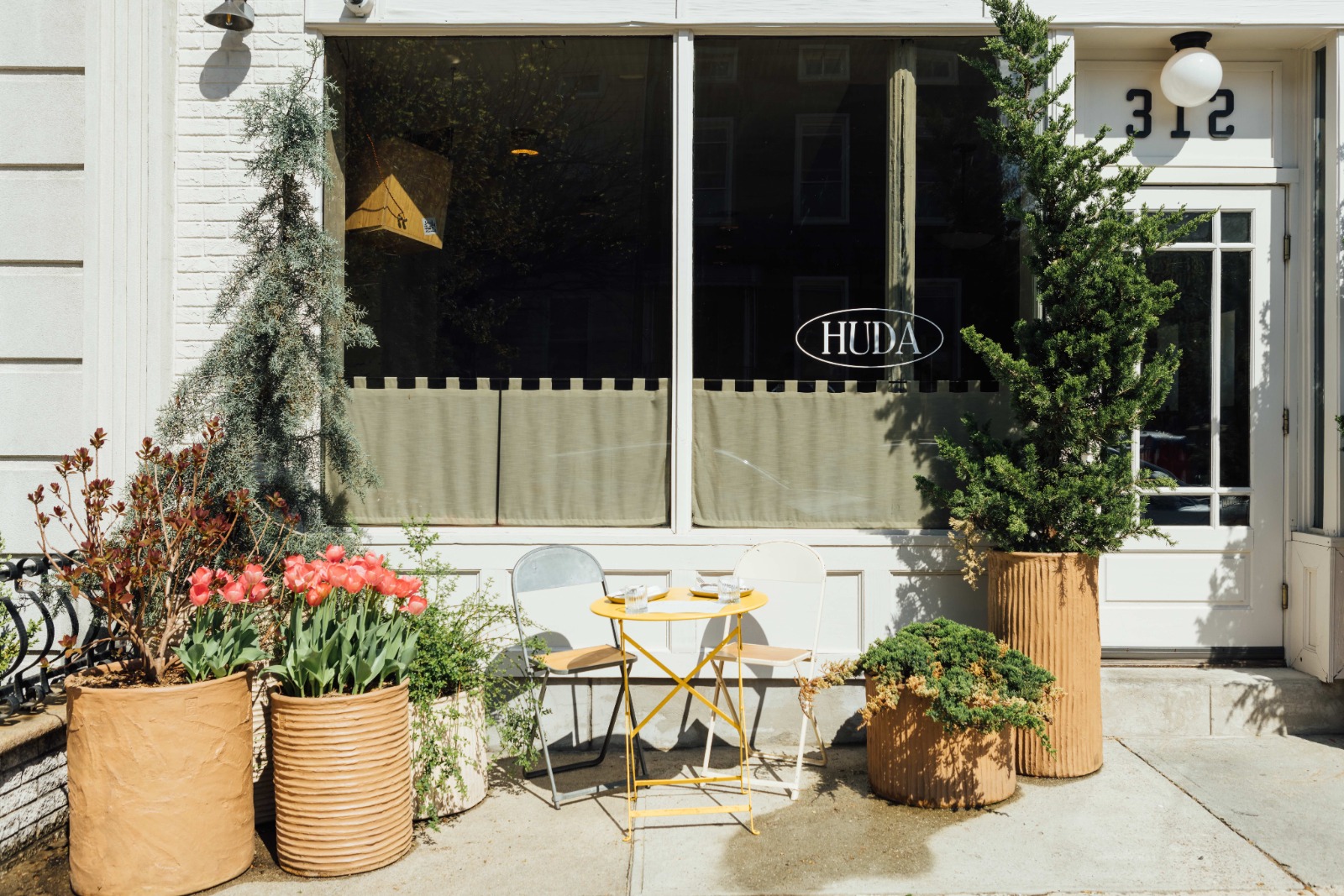
The outdoor area of Huda, the Levantine restaurant Danya Ahmed's long-term friend Gehad Hadidi opened in Brooklyn, his second one to date
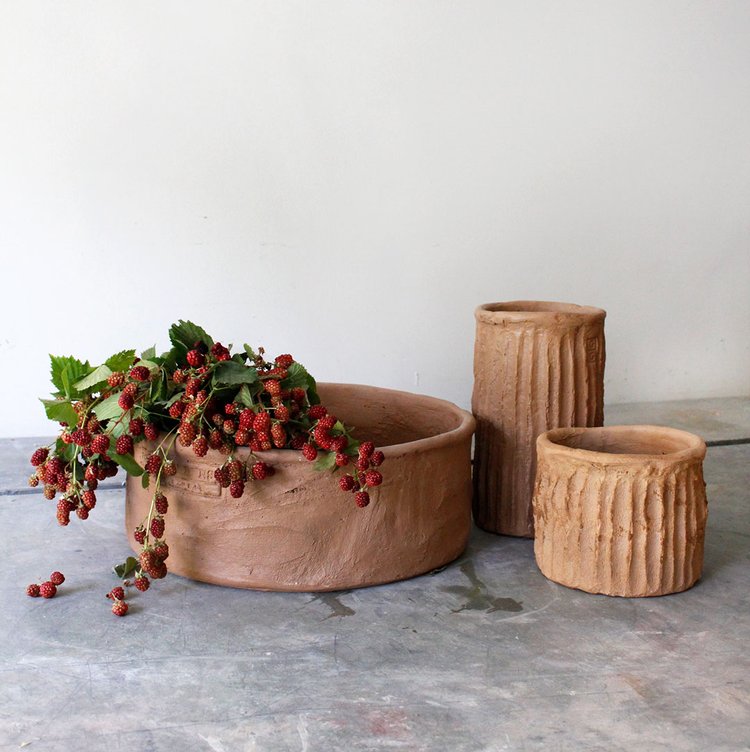
Material: Glass Fiber Reinforced Cement
Price: $380.00
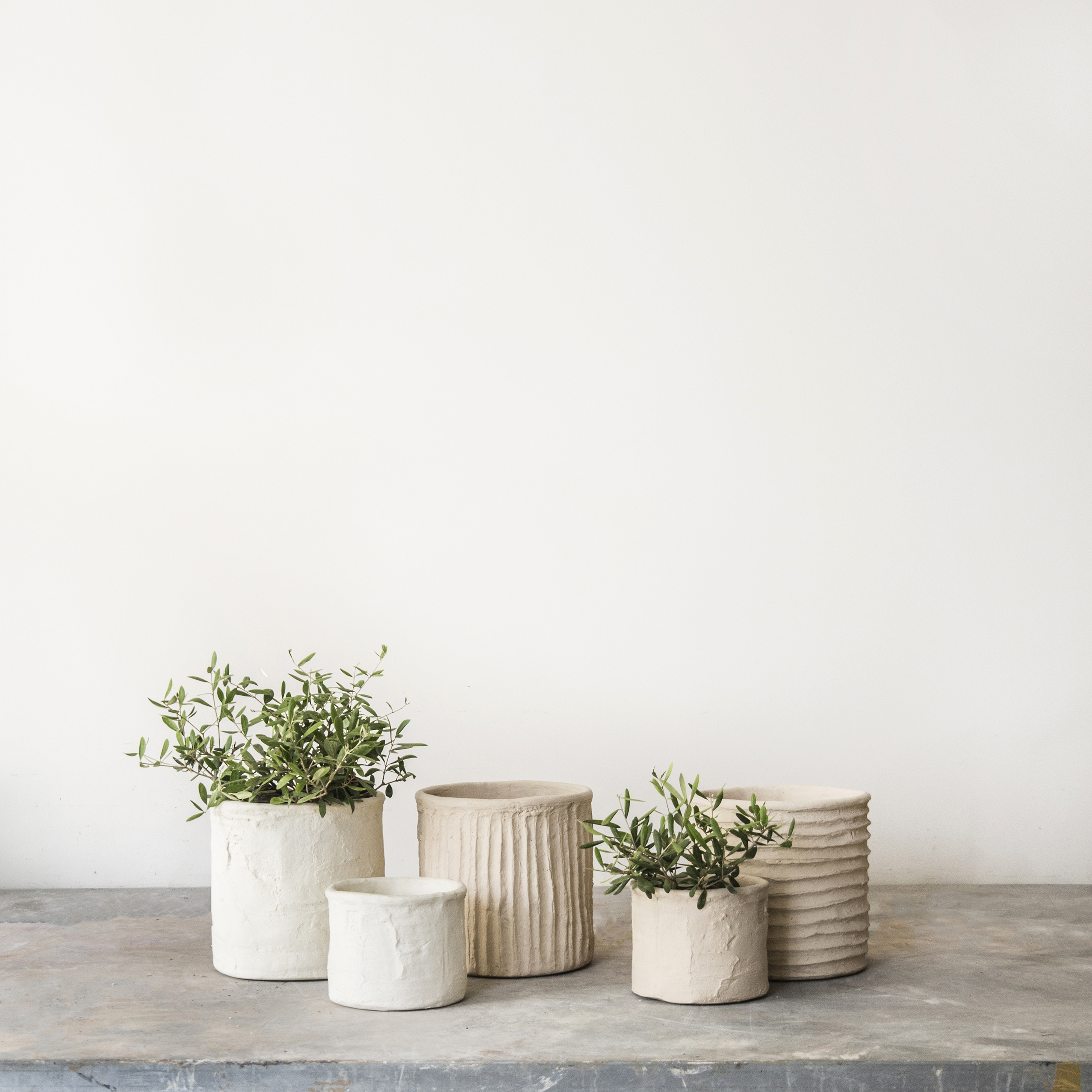
Material: Glass Fiber Reinforced Cement
Price: From $98.00
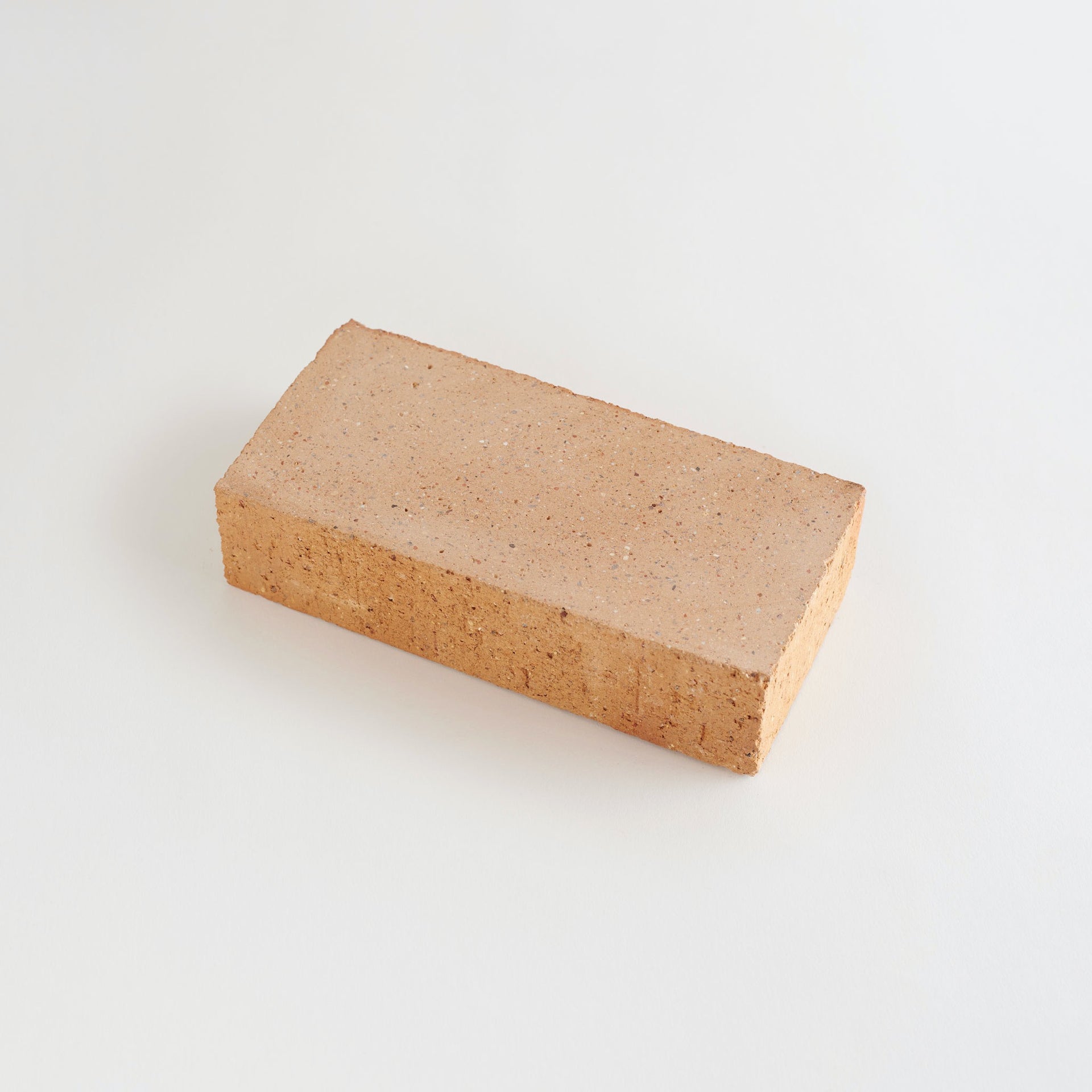
Material: Clay
Color: Cotto
Price: $16/sqft
She thinks that valuing the personal stories which shape authentic craftsmanship can protect artisanry in the face of contemporary challenges, including the homogenization of products triggered by our exposure to social media. "As makers, we live in a state of hyperactivity and are constantly influenced by what we see other people produce, especially when certain launches go viral," Ahmed says. Though the natural instinct is to try and recreate them through our own lens, the Ohio-born creative believes true inspiration should come from within: "you can always tell when someone has put all of themselves into an object when they were creating it, because it is unlike anything you have ever seen before," she says. "That's the kind of connection I am seeking for within my work."
When it comes to looking inward, Ahmed finds landscape design and outdoor product studio ORCA founder Molly Sedlacek to be a prime example of how sticking to a solid narrative, rather than trends, makes the difference. Molded after an unspoiled love of nature, her mineral-shaded pavers, furnishings, and accessories "highlight our interaction with the outdoors with a sensibility I have found in few other crafters", says Ahmed.
In a world where the pace and quantity of homeware production are ever-increasing, feeling oblivious to the amount of furniture pushed into the market every season has become the norm. It is only when someone steps outside of this "big numbers" logic to take a different approach to design that "you are completely taken by it", says the artist. "Those moments happen when people are developing the practice for themselves, and the work they are putting out is a natural manifestation of that journey."

Gilda Bruno is Livingetc's Lifestyle Editor. Before joining the team, she worked as an Editorial Assistant on the print edition of AnOther Magazine and as a freelance Sub-Editor on the Life & Arts desk of the Financial Times. Between 2020 and today, Gilda's arts and culture writing has appeared in a number of books and publications including Apartamento’s Liguria: Recipes & Wanderings Along the Italian Riviera, Sam Wright’s debut monograph The City of the Sun, The British Journal of Photography, DAZED, Document Journal, Elephant, The Face, Family Style, Foam, Il Giornale dell’Arte, HUCK, Hunger, i-D, PAPER, Re-Edition, VICE, Vogue Italia, and WePresent.
-
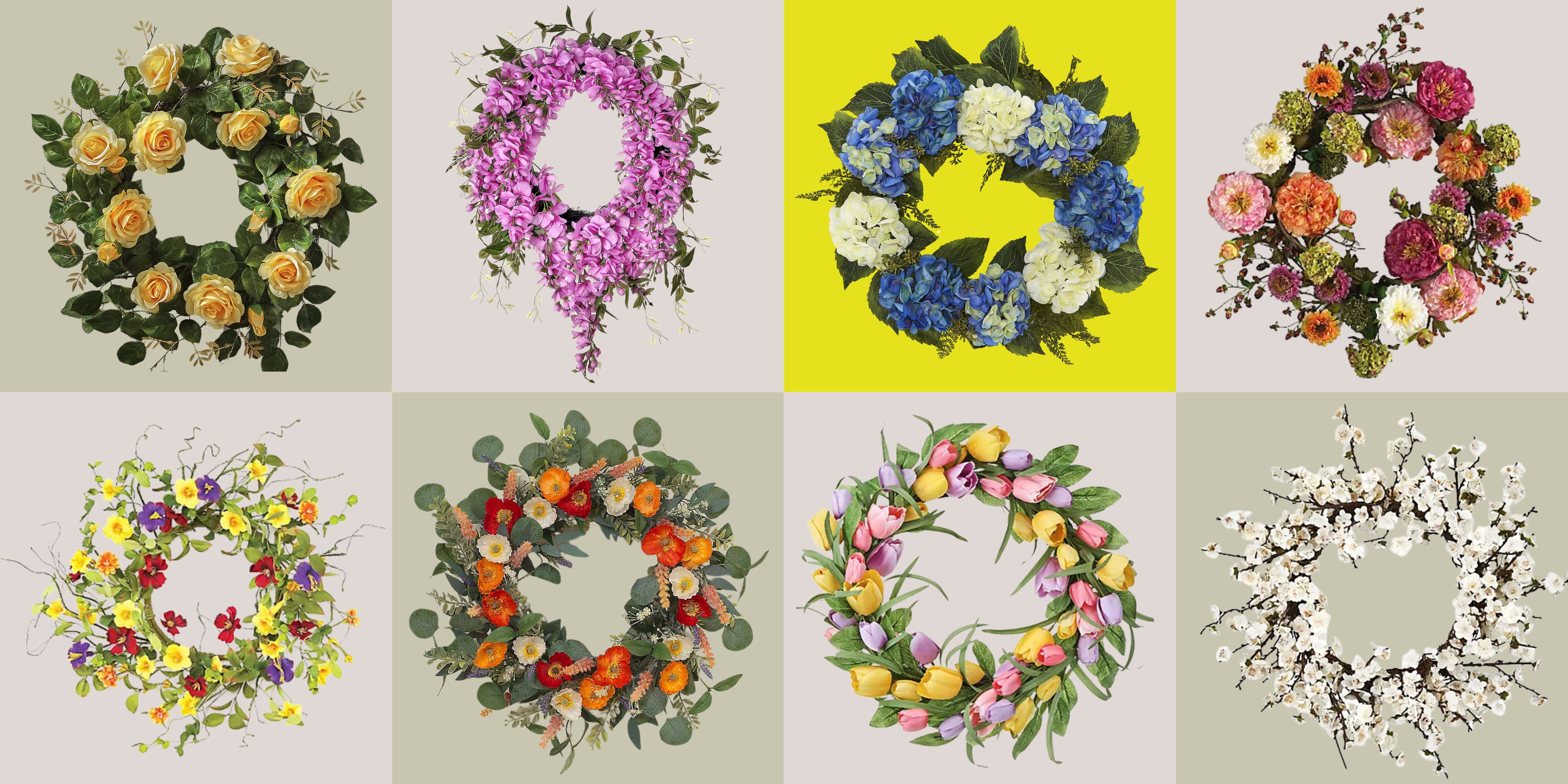 These Are the Flower Crowns I’m Wearing This Spring (Spoiler: They’re Actually for My Door)
These Are the Flower Crowns I’m Wearing This Spring (Spoiler: They’re Actually for My Door)Coachella confirmed the comeback of flower crowns. At home, they just go by another name: the spring wreath
By Julia Demer
-
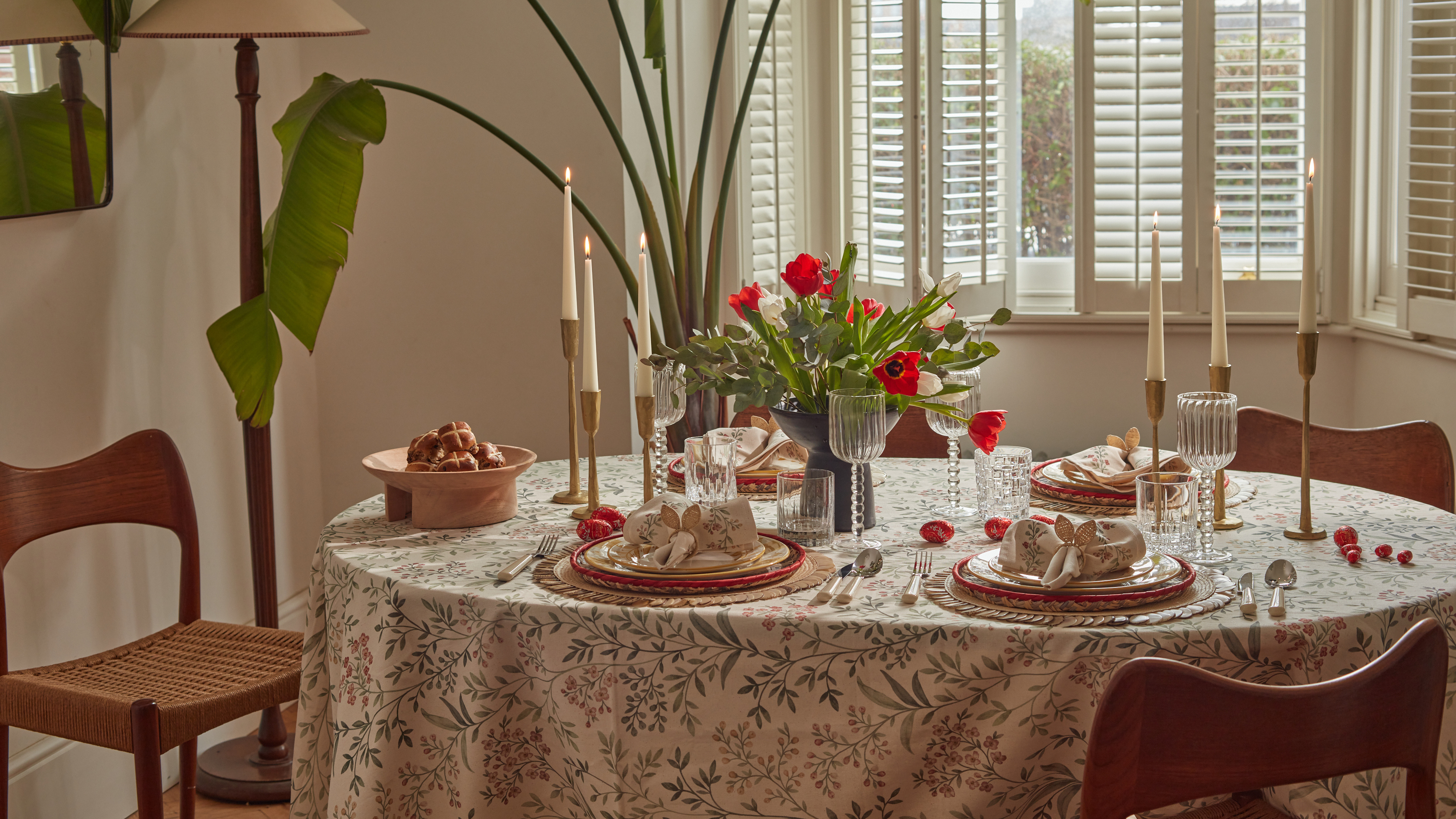 Bunny Ears, Be Gone — 7 Easter Table Styling Mistakes That Will Take Your Setting from Tawdry to Tasteful
Bunny Ears, Be Gone — 7 Easter Table Styling Mistakes That Will Take Your Setting from Tawdry to TastefulFrom fussy floral displays that disrupt conversation to over-relying on tacky tropes, don't fall victim to these errors when decorating your Easter table
By Lilith Hudson
-
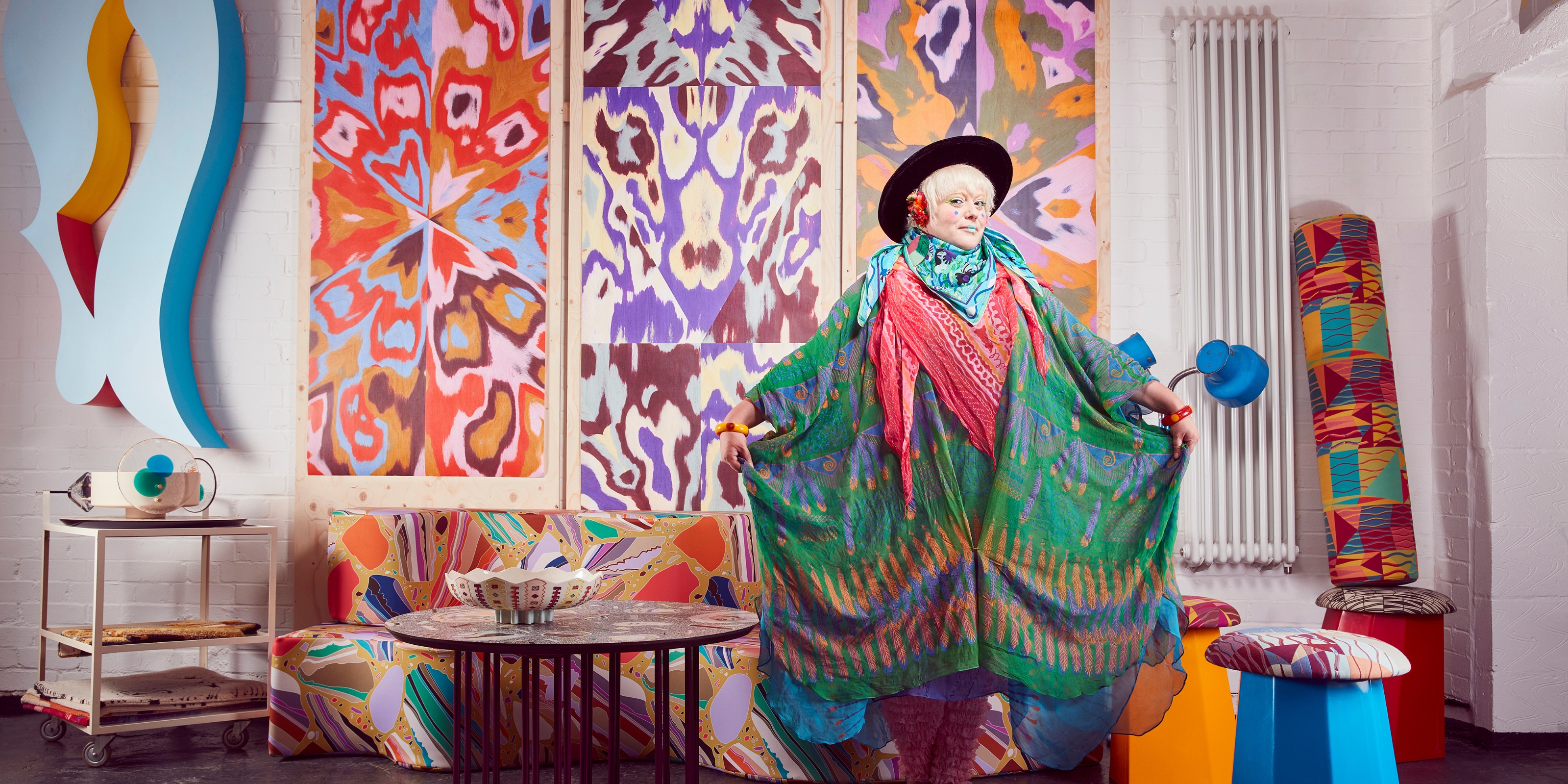 Bethan Laura Wood — "I Want to Make Things That Reward and Uplift You the More Time You Spend With Them"
Bethan Laura Wood — "I Want to Make Things That Reward and Uplift You the More Time You Spend With Them"As her debut UK solo exhibition continues at London's Design Museum, the designer welcomes us into her hypnotic Hackney studio to talk her layered vision of craft, its power to bring joy, and spark conversation
By Gilda Bruno
-
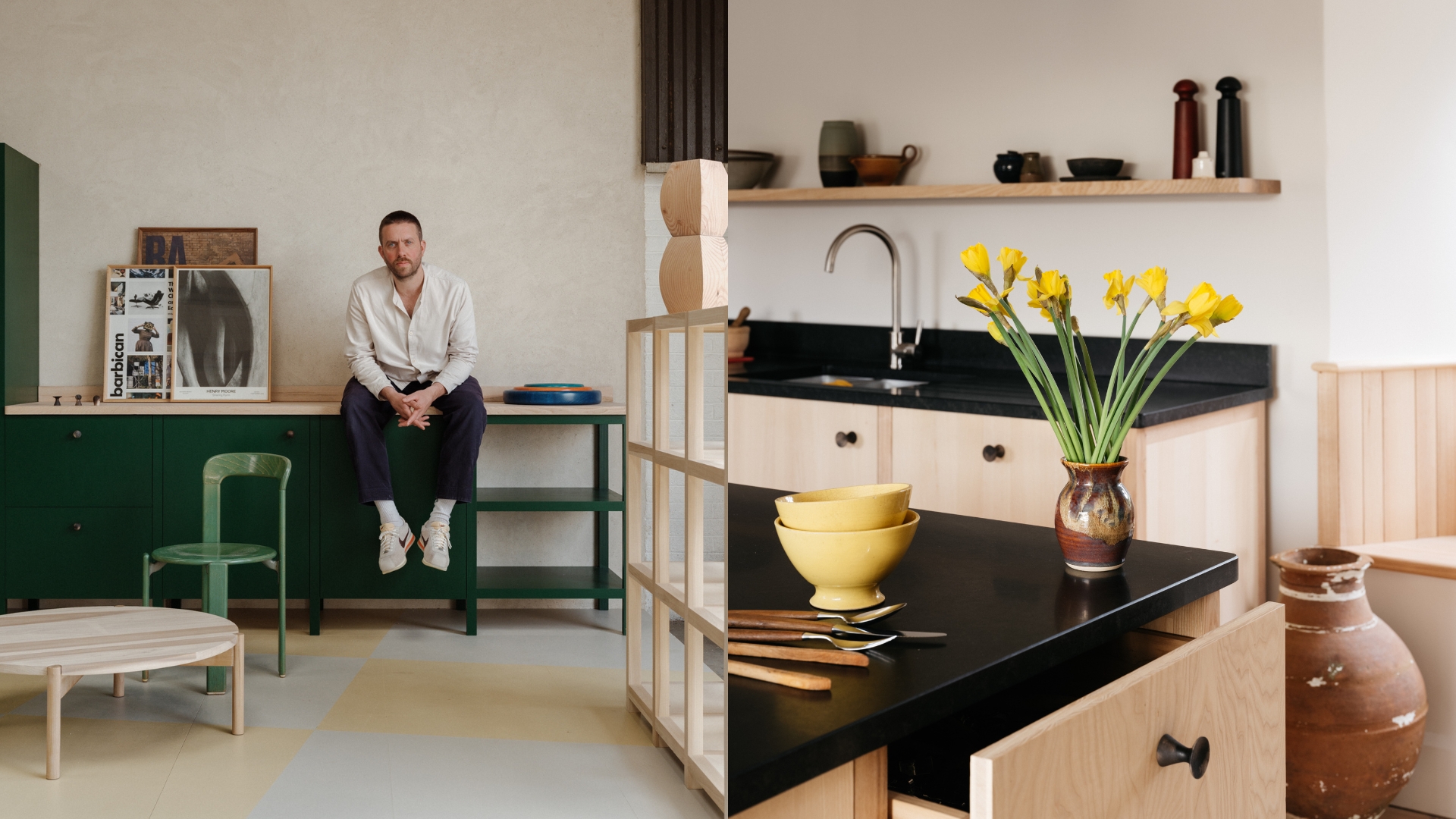 This Somerset Designer is Making "Circular" Furniture That Will Live Forever — and Find a New Home When You Let It Go
This Somerset Designer is Making "Circular" Furniture That Will Live Forever — and Find a New Home When You Let It GoWilliam Floyd Maclean's new modular wooden furniture brand, Somer, creates pieces that can be disassembled and sold once you are ready to move on, making homeware more sustainable, interactive, and fun
By Gilda Bruno
-
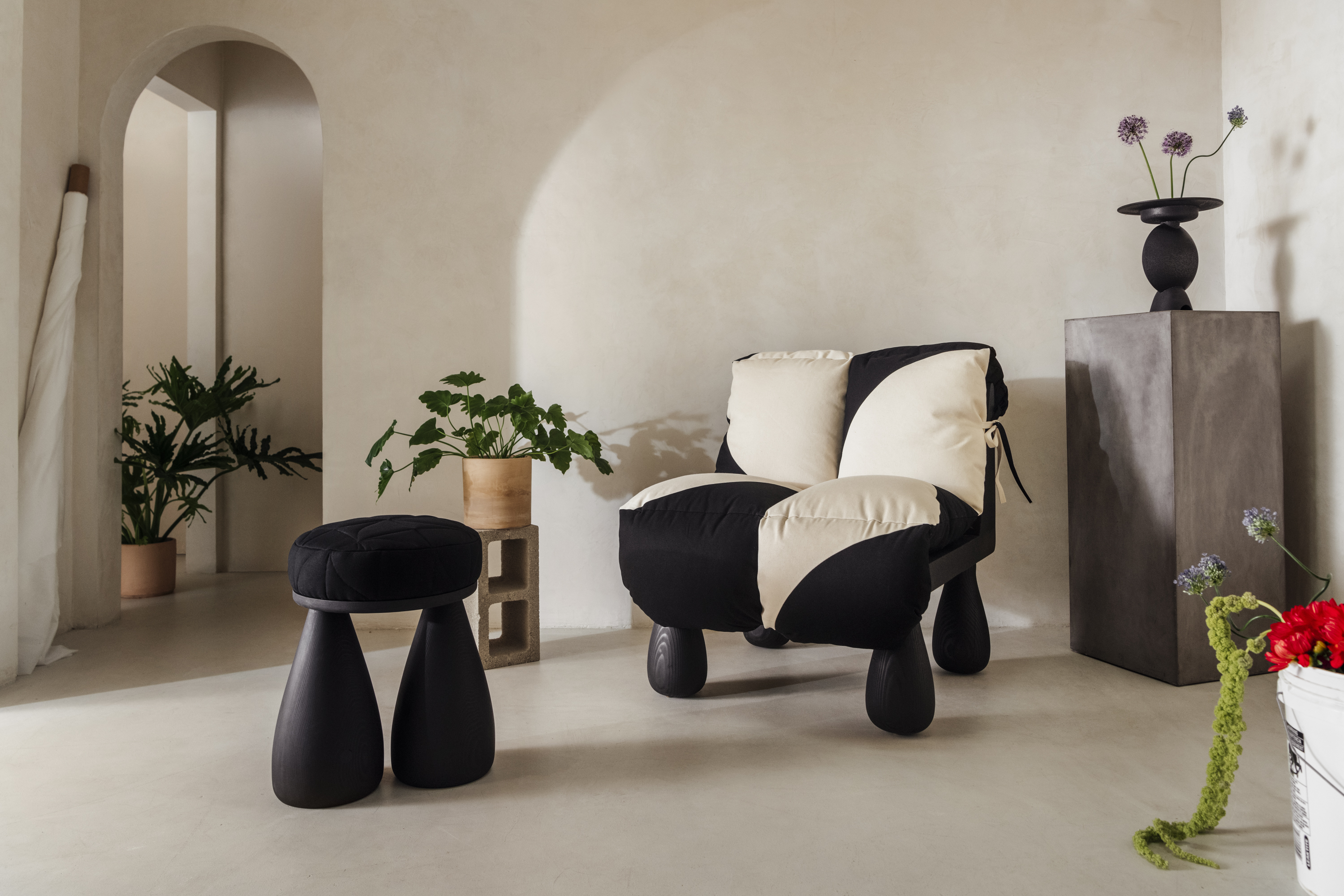 Designers Are Craving Softness in Decor — It's the Search for "Warmth" and "Peace" for Homes
Designers Are Craving Softness in Decor — It's the Search for "Warmth" and "Peace" for HomesPlump, comforting shapes are taking over the design scene, championed by industry stalwarts and newcomers alike. So, is it a coincidence or a symptom? We ask two rising studios
By Gilda Bruno
-
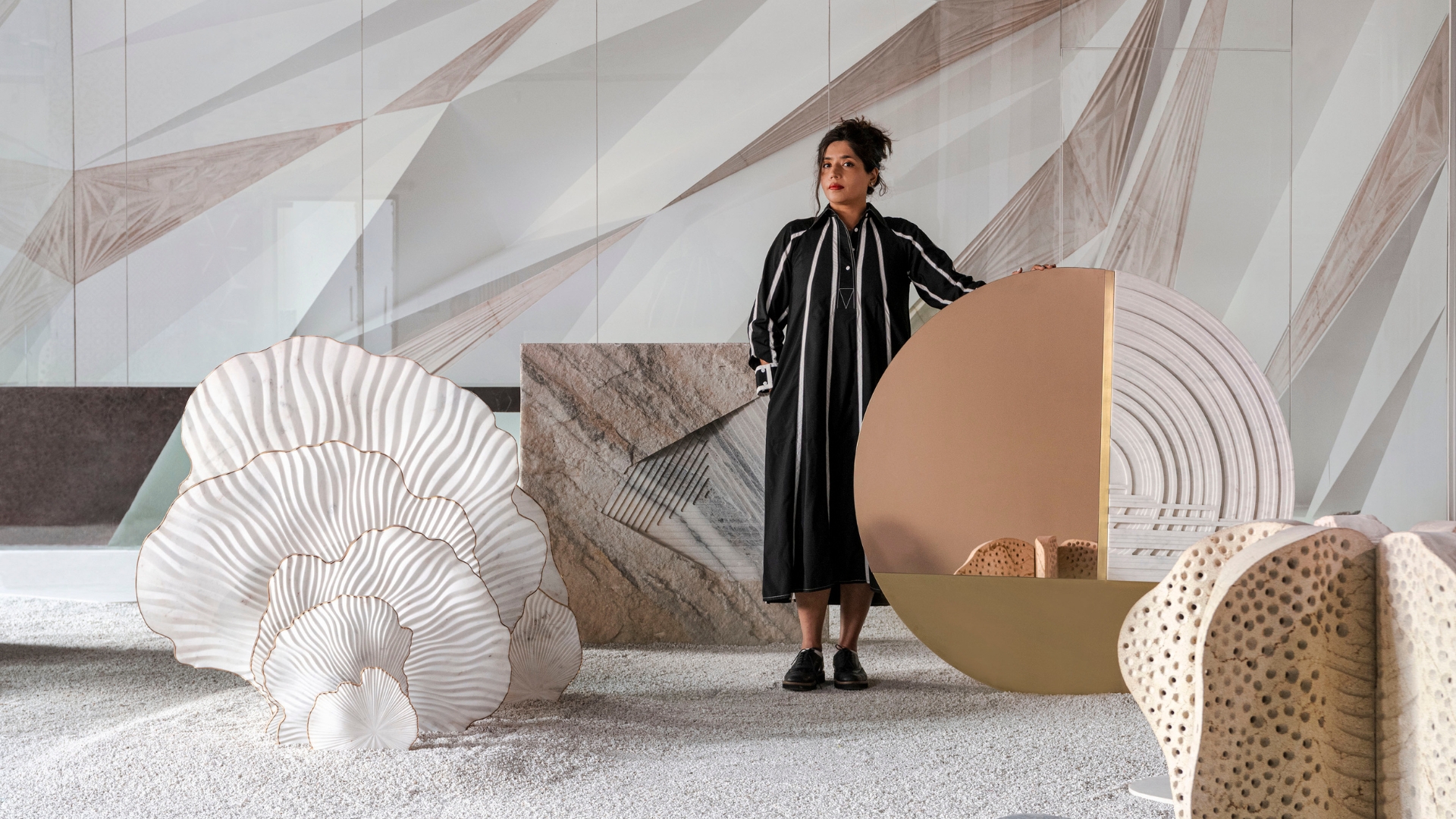 Inside Borrowed Earth Collaborative's Workshop — Where Spectacular Stone Surfaces Bring the Outdoors In
Inside Borrowed Earth Collaborative's Workshop — Where Spectacular Stone Surfaces Bring the Outdoors InWith artist and entrepreneur Ruchika Grover at its helm, the Los Angeles-based tile, panel, and brick producer turns walls into textural masterpieces, adding a touch of wilderness to interior decor
By Gilda Bruno
-
 Leonard Bessemer is the Burgeoning LA Furniture Maker Crafting Fancifully Playful Objects That Will Put a Smile on Your Face
Leonard Bessemer is the Burgeoning LA Furniture Maker Crafting Fancifully Playful Objects That Will Put a Smile on Your FaceFrom engineering and studio art to carpentry, the Objects for Objects founder's path might seem unconventional, but his cartoony works prove there are no rules in creativity — and that great furnishings can also be fun
By Gilda Bruno
-
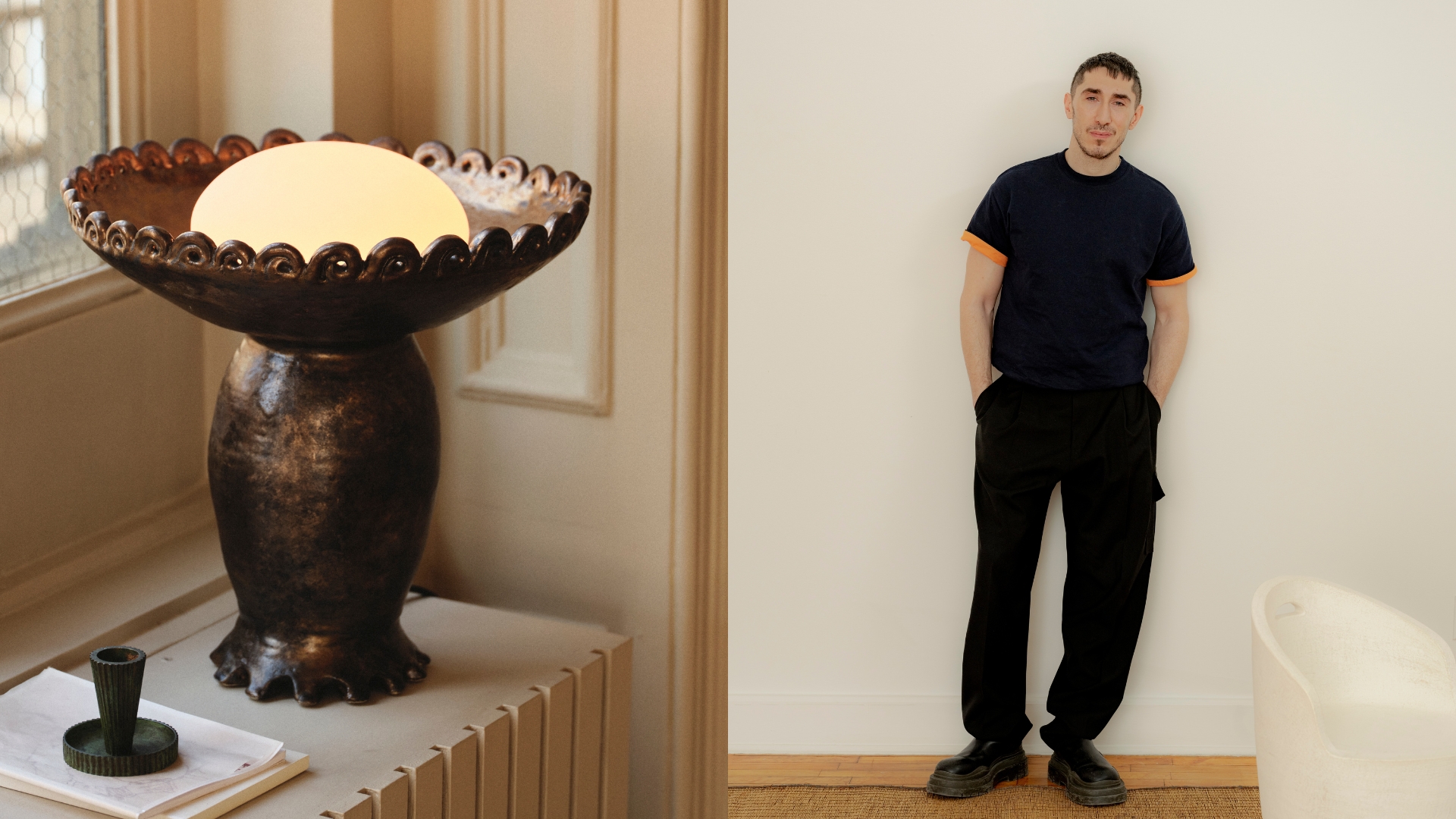 New York Ceramicist Danny Kaplan is Pushing the Craft in New, and Unexpected, Directions
New York Ceramicist Danny Kaplan is Pushing the Craft in New, and Unexpected, DirectionsDrawing on centuries-spanning, intercontinental inspirations, the French-American furniture maker creates elegantly designed items that marry function with form
By Gilda Bruno
-
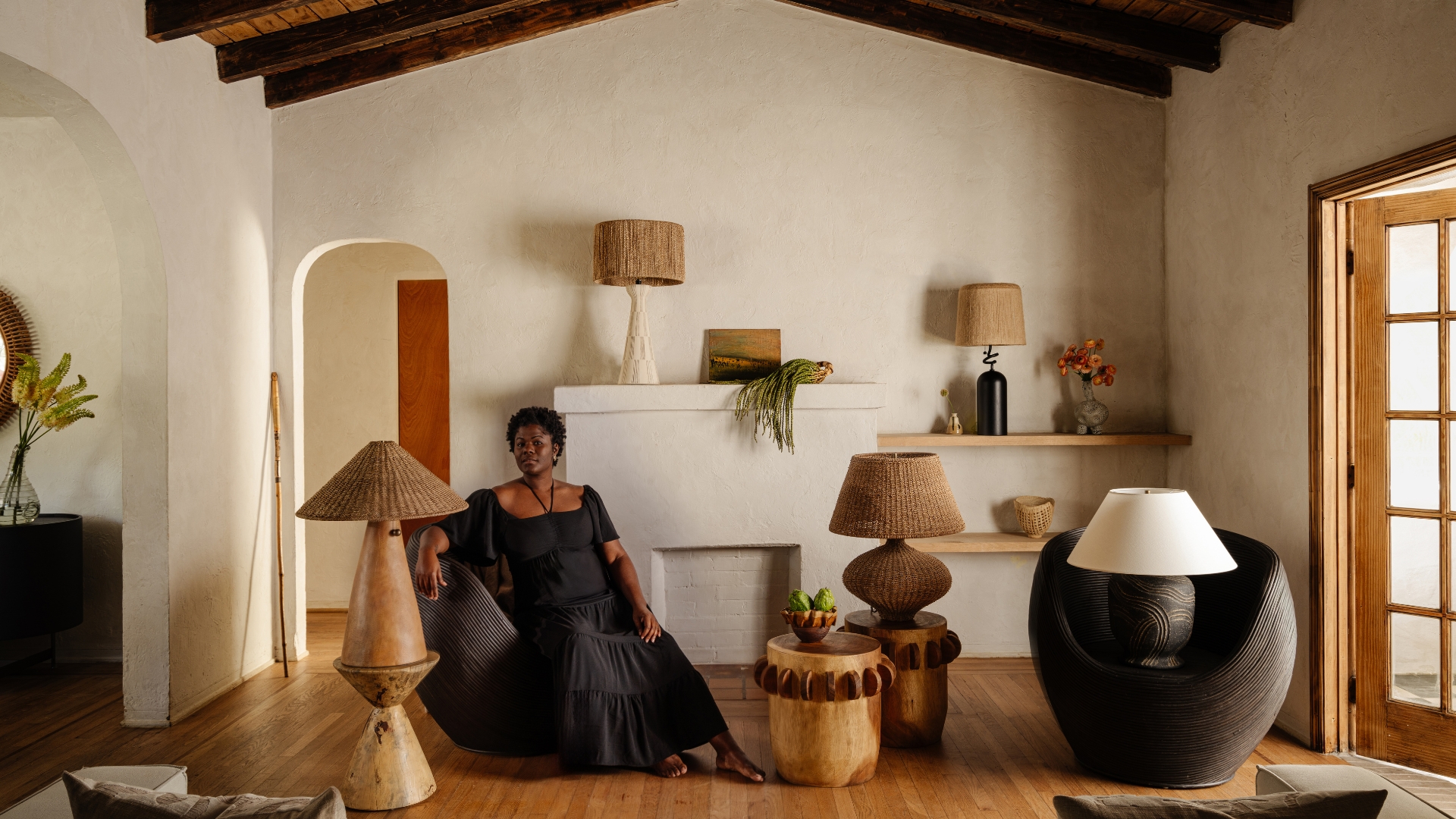 Meet Carmen Nash — The Designer Infusing Storytelling Into "Emotional Objects That Are Cherished and Loved"
Meet Carmen Nash — The Designer Infusing Storytelling Into "Emotional Objects That Are Cherished and Loved"The African-American artist and Loft and Thought curator stepped into the design world as a vintage furniture reseller — today she weaves the folklore, heritage, and spirituality of her southern background into products that amplify her experiences
By Gilda Bruno